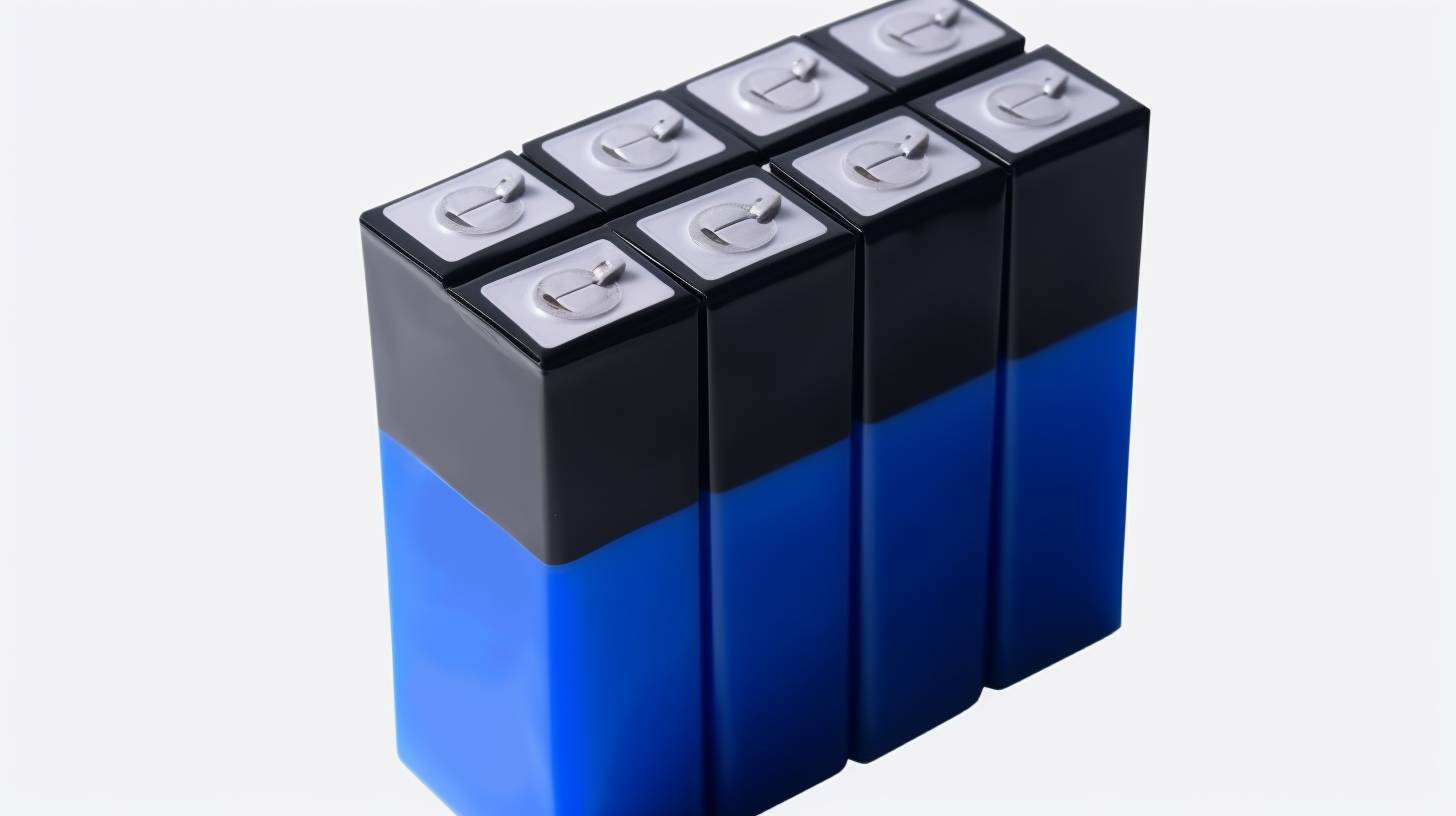Garnet solid electrolytes are emerging as a promising alternative for lithium-ion batteries, offering enhanced conductivity and safety features compared to traditional liquid electrolytes. Understanding the factors influencing lithium-ion conductivity in garnet thin films is crucial for advancing battery technology and achieving higher performance levels.
What Are Garnet Solid Electrolytes and Their Role in Batteries?
Garnet solid electrolytes are a class of materials characterized by their crystalline structure, which allows for high ionic conductivity. These materials are particularly suitable for use in lithium-ion batteries due to their ability to facilitate the movement of lithium ions, which is essential for energy storage and transfer during battery operation.
Chart: Structure of Garnet Solid Electrolyte
| Component | Description |
|---|---|
| Crystal Structure | Cubic or tetragonal arrangement that supports ion movement |
| Ionic Pathways | Channels within the crystal lattice that allow lithium ions to migrate |
How Do Garnet Solid Electrolytes Operate in Lithium-Ion Systems?
In lithium-ion batteries, garnet solid electrolytes serve as a medium for lithium ion transport between the anode and cathode during charging and discharging cycles. Unlike liquid electrolytes, garnets provide a stable environment that enhances safety by reducing risks associated with leakage and flammability.
Chart: Comparison of Electrolyte Types
| Feature | Liquid Electrolyte | Garnet Solid Electrolyte |
|---|---|---|
| Safety | Higher risk of leakage and fire | Lower risk |
| Ionic Conductivity | Moderate | High |
| Stability | Temperature sensitive | Stable across a wide range |
What Key Factors Affect Li-Ion Conductivity in Garnet Thin Films?
Several factors influence the conductivity of lithium ions in garnet solid electrolyte thin films:
- Temperature: Higher temperatures generally enhance ionic mobility, improving conductivity.
- Composition: The specific chemical makeup of the garnet can significantly affect its ionic conductivity; for example, doping with elements like sodium or calcium can enhance performance.
- Microstructure: The grain size and orientation within the thin film influence how easily ions can move through the material.
Chart: Factors Influencing Conductivity
| Factor | Impact on Conductivity |
|---|---|
| Temperature | Increased temperature boosts conductivity |
| Doping Elements | Specific dopants can enhance ionic movement |
| Microstructure | Smaller grains allow for better ion transport |
What Benefits Do Garnet Solid Electrolytes Offer for Battery Technology?
Garnet solid electrolytes provide several advantages over traditional liquid electrolytes:
- Enhanced Safety: Their solid nature eliminates risks associated with leakage and combustion.
- Higher Ionic Conductivity: They can achieve higher ionic conductivities than many liquid electrolytes, resulting in better battery performance.
- Wide Operating Temperature Range: They maintain stability across a broader temperature range, making them suitable for various applications.
What Challenges Must Be Overcome to Enhance Garnet Solid Electrolytes?
Despite their potential, several challenges exist regarding the use of garnet solid electrolytes:
- Manufacturing Complexity: Producing high-quality garnet thin films can be complex and costly.
- Interface Issues: Achieving effective interfaces between garnets and electrodes is crucial for optimizing performance but remains a technical challenge.
- Scalability: Developing scalable production methods while maintaining quality is essential for commercial viability.
How Is Ongoing Research Improving Garnet Solid Electrolyte Applications?
Research is actively advancing the understanding and application of garnet solid electrolytes:
- Material Innovations: Scientists are exploring new compositions and doping strategies to enhance ionic conductivity further.
- Interface Engineering: Techniques are being developed to improve the interfaces between garnets and electrodes, which is critical for battery efficiency.
- Characterization Techniques: Advanced characterization methods are being employed to better understand the microstructural properties affecting ionic transport.
Industrial News
Recent advancements in garnet solid electrolyte research have led to breakthroughs in battery technology. Companies are now focusing on scalable production techniques that enhance ionic conductivity while maintaining safety standards. Notably, collaborations between academic institutions and industry leaders aim to accelerate the commercialization of these advanced materials, potentially revolutionizing energy storage solutions.
Redway Expert Insights
“Garnet solid electrolytes represent a significant leap forward in battery technology,” states Dr. Jane Redway, a leading researcher in materials science. “Their unique properties not only enhance safety but also promise improved performance metrics that could redefine how we think about energy storage.”
FAQ Section
Q1: What are garnet solid electrolytes?
A1: Garnet solid electrolytes are crystalline materials used in lithium-ion batteries that facilitate lithium ion transport while providing enhanced safety compared to liquid electrolytes.Q2: How do garnet solid electrolytes improve battery performance?
A2: They offer higher ionic conductivity, greater thermal stability, and eliminate risks associated with leakage or combustion found in liquid electrolytes.Q3: What factors affect Li-ion conductivity in garnets?
A3: Key factors include temperature, chemical composition (doping), and microstructural characteristics such as grain size.Q4: What challenges do researchers face with garnet solid electrolytes?
A4: Challenges include manufacturing complexity, interface optimization with electrodes, and scalability of production methods.Q5: How is research advancing garnet solid electrolyte technology?
A5: Ongoing research focuses on material innovations, interface engineering, and advanced characterization techniques to enhance performance and commercial viability.



